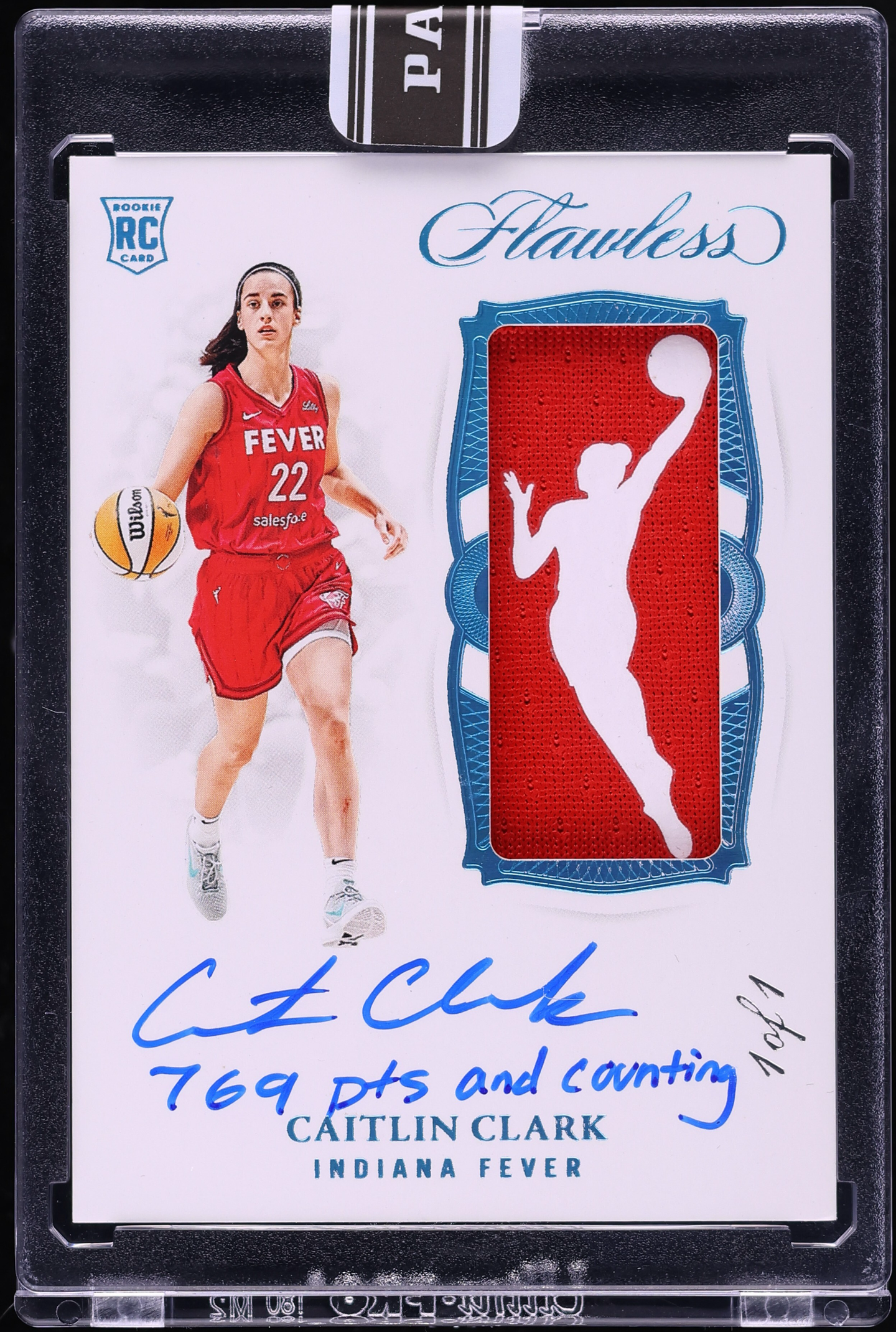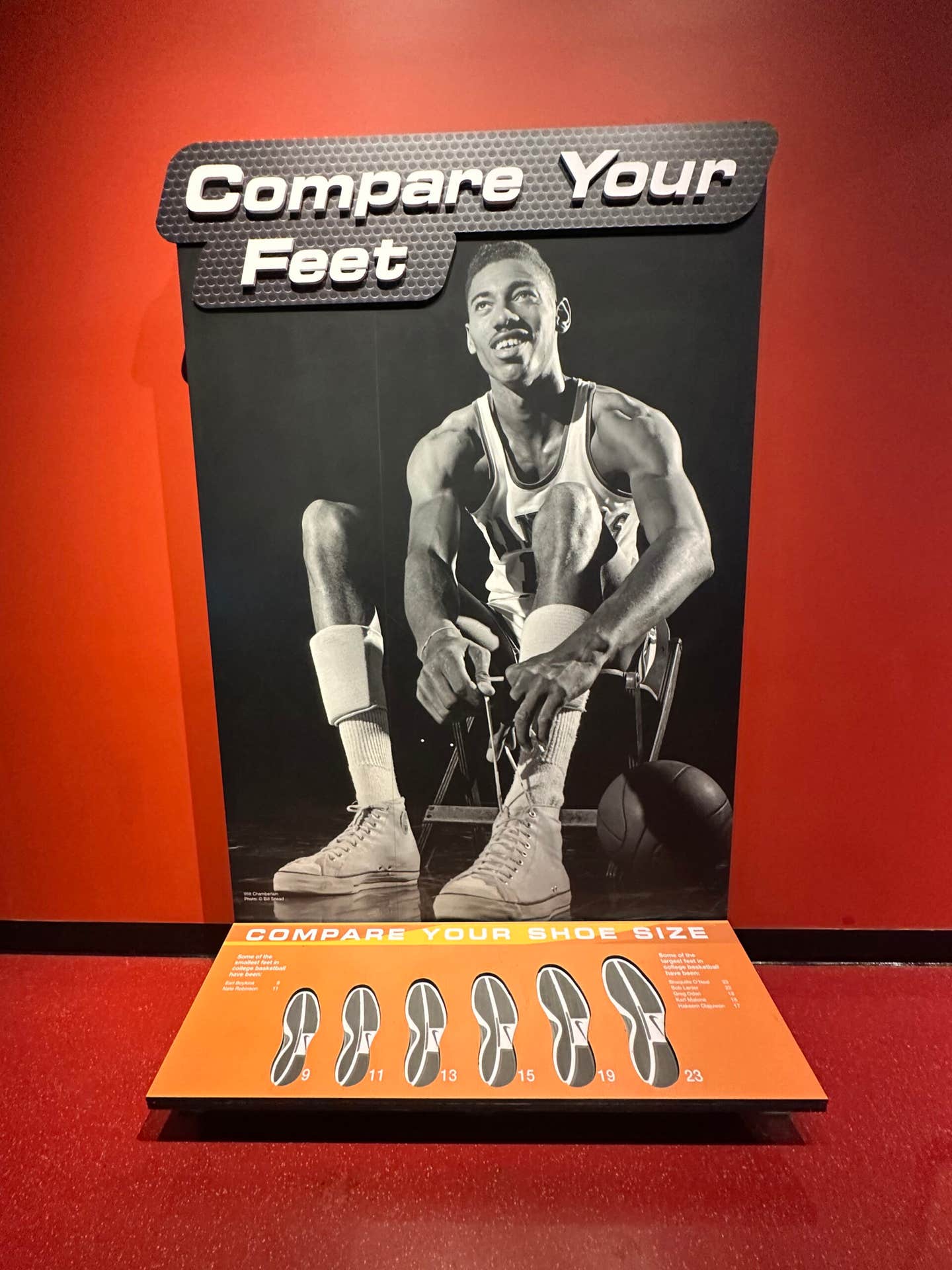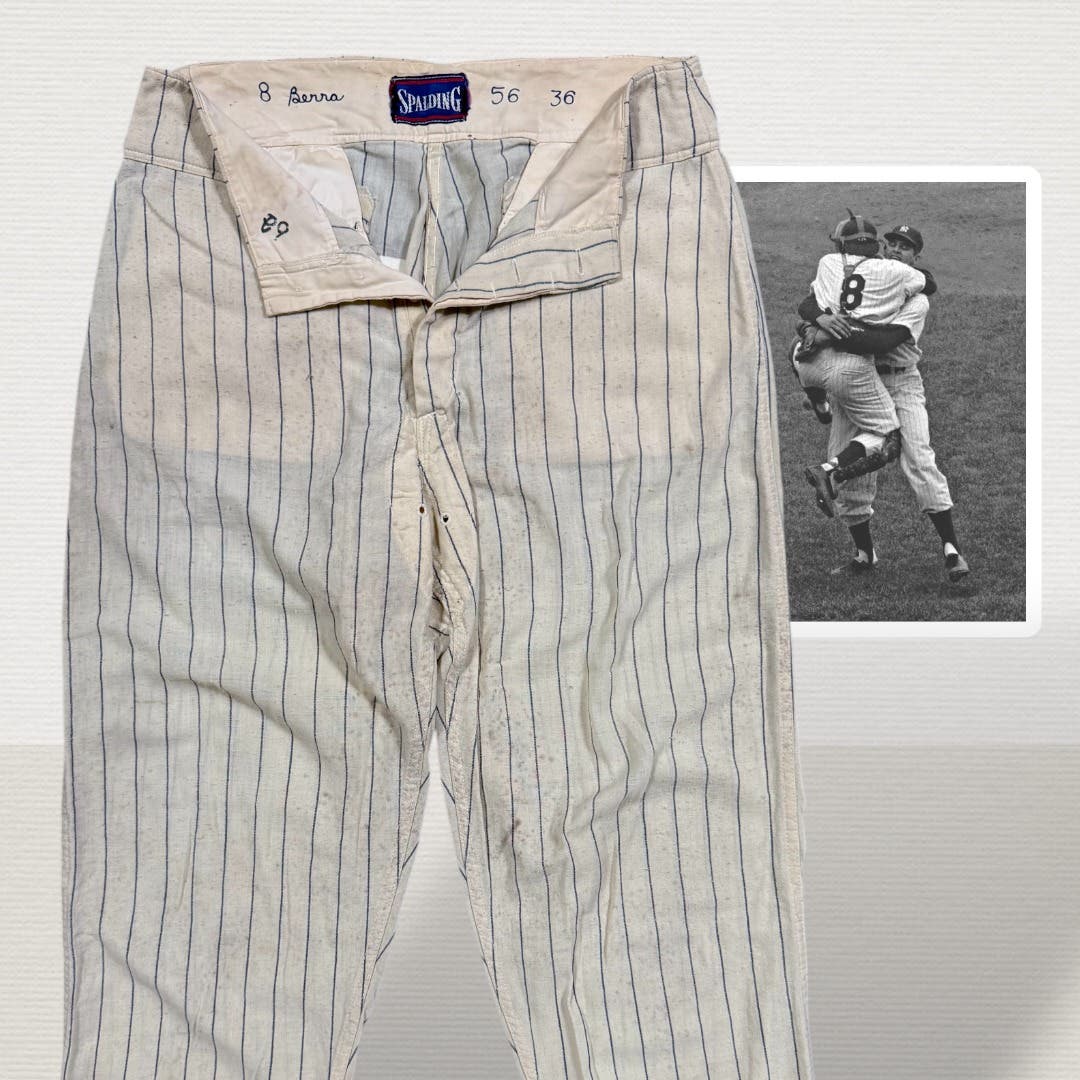Memorabilia
Hobby Royalty: The (Nolan) Ryan Express Rolls In
Sports Collectors Digest’s Hobby Royalty Series continues with Nolan Ryan. Appearing in the July 24 issue of SCD will be Kareem Abdul-Jabbar.
Imagine the frustration of perhaps the greatest power pitcher in the history of Major League Baseball having to contend with a battalion of sportswriter critics who insist that as great as he was, he could have been even better had he mastered his control and learned to be a pitcher rather than to simply be a thrower.
Yikes! That would seem to be the antithesis of damning with faint praise. Damning with unreasonable expectations, let’s call it. A guy wins 324 games, strikes out 5,714 and piles up no-hitters faster than Sandy Koufax and folks take pains to point out that his winning percentage was only .526. One understands where those kind of criticisms originate: Ryan managed to win 20 games only twice in a 27-year career, but you can’t shake the feeling that it’s more than a little unfair to gripe about somebody that was that good because you are convinced that he should have been even better.
* * * * *
Our hobby has seemingly always understood how good “The Express” was. His rookie card was one of the giants in the hobby from the start; 20 years ago or so it was more expensive than Johnny Bench’s rookie card from the same set, and nobody questioned Bench’s HOF credentials.
And in Ryan’s case, it isn’t just the rookie card that wows collectors. Top-graded versions of a number of his 1970s Topps cards can sell for thousands of dollars (see adjacent chart), with many winding up as key cards in the Topps issues for virtually the entire decade.
As the hobby started to really smoke in the 1980s, Nolan Ryan achieved an extraordinary status that seemingly transcended his statistics. Like so many of the great stars of earlier generations, he might have had three or four dozen cards printed by Topps during the beginning of his career, but staying so many years (27) and reaching such an iconic level meant that the tail end of his major league tenure coincided with some of the dramatic expansion in the number of cards printed every year. That very same situation accelerated further in the years following his career as the card companies continued producing pasteboards of many of the greatest stars of previous generations.
The result in the case of Ryan and many others from the post free agency period is a boatload of cardboard that can make if difficult if not impossible for single-player collectors to accumulate one of each card of their heroes.
Ironically, Ryan’s HOF status probably wasn’t even a slam dunk by 1989. Had he never done the final leg of his four-part career, that is the five-year wrap-up with the Texas Rangers, he would have ended up with 273 wins and looked to the naked eye more like Jim Kaat than Tom Seaver.
Which is not to disparage either player, only to take note that to some degree Ryan’s numbers are reminiscent of Kaat’s, and the left-hander has found entry to Cooperstown to be something of a great frustration. Kaat won 20 or more games three times, Ryan twice, and Kaat led the league in wins once while Ryan never did.
But it says here that Kaat’s beef is with the Hall of Fame voters rather than any comparison with Ryan. It’s hard to dismiss those 5,714 strikeouts and the seven no-hitters, to say nothing of leading the league in strikeouts 11 times. Add in the fact that as “Father Time” whizzed past virtually everybody else, the famed Ryan mechanics somehow seemed to keep him throwing world-class heat into his 40s.
Four-part harmony
The Nolan Ryan Story comes in four distinct parts, starting as a young phenom with a remarkable New York Mets pitching staff in the late 1960s that, as it turned out, had a date with destiny. As the club remade itself from lovable losers to improbable champions, a young Ryan played an important role at several junctures in that amazing 1969 season, despite the fact his youth and wildness limited his contributions to spot starting and relief roles.
The Mets seemingly lost patience with their talented young fireballer and sent him off to California after five seasons in a trade that brought Jim Fregosi in exchange. Turns out the All-Star infielder was essentially over the hill by that time, and the chance for Ryan to pitch in a regular rotation for the Angels neatly launched a career that would finish with a plaque in Cooperstown.
With the second-division Angels, Ryan started tossing no-hitters – he would record four in his eight seasons in Anaheim – and led the league in strikeouts in seven of those eight seasons. Critics would point out that he also led the loop in walks six times and won barely more than he lost (138-121), but this was for a perennial sub-.500 team that wouldn’t pass that marker until 1978 when a new manager arrived to whip the boys into shape: Jim Fregosi.
That curiosity didn’t last too long; by 1980 Ryan decided to test the free-agent waters in returning to his native Texas as he came back to the National League with the Houston Astros.
This was his longest tenure with one team, nine years, and though he never won 20 games over that span, he did record his two ERA titles, in 1981 and 1987.
In the latter year, the ERA crown (and a fifth-place vote total for the Cy Young Award) was contrasted by the oddity of a 8-16 won/loss record.
Indeed, his workload in terms of total innings eased considerably during the 1980s, often leaving him with totals barely above 200 innings despite typically getting more than 30 starts each year. In his final two seasons with the Astros and his first two with Rangers (1989-90), Ryan nailed down his last four strikeout crowns.
After seeing League Championship and World Series action as a youngster with the Mets in 1969, Ryan would get a couple more cracks at the postseason with the Angels and Astros but never made it back to the World Series. It is said that his final pitch as a major leaguer was clocked at 98 miles per hour. He was 46 years old and had played more seasons than anyone in modern baseball history. He was the final player who had played in the 1960s to retire, edging fellow Hall of Famer Carlton Fisk by several months.
Two years after he hung up his spikes for good, the Texas State Legislature named State Highway 288, which passes near his childhood home in Alvin, Texas, the “Nolan Ryan Expressway.” It’s doubtful that anybody who ever had a highway named in their honor brought such an apropos nickname to the occasion.
Odds and Ends
“If (Ryan) ain’t struck you out, then you ain’t nobody.”
– 2009 HOF Inductee Rickey Henderson, upon the occasion of becoming strikeout victim No. 5,000
“I had no idea if I had the ability or the talent to make the big leagues.”
– Nolan Ryan, upon the occasion of his Hall of Fame induction in 1999
“I see this big man lying on the ground and trying to breathe, and he can’t. And I’m thinking, ‘I have to go up there next.’ So I get in the batter’s box and stand as far back from the plate as I can. I struck out on three pitches and said when I got back to the dugout, ‘That’s good enough for me.’ ”
– George Brett, another 1999 HOFer, remembering his first at-bat against Ryan after the pitcher had plunked teammate Jim Wohlford in the ribs
“I think two things happened when I got to the California Angels. First of all, I didn’t have the military commitment anymore. I was able to take my regular turn in the rotation. Second, I went into a four-man rotation. That gave me the opportunity to pitch over 300 innings my first year in California. That really gave me what I needed to develop as a pitcher.”
– Nolan Ryan, in an interview with SCD correspondent Robert Grayson








